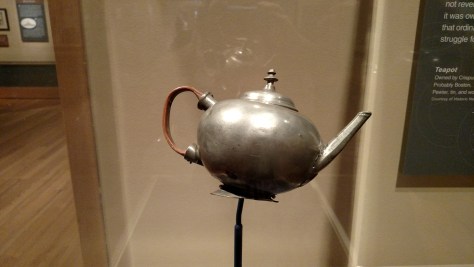If you have read almost any book on the American Revolution or seen any documentary the odds are you will have run into quotes by Joseph Plumb Martin. Martin fought in the Revolution from 1776 through 1783, pretty much the entire time and was involved with almost every major event in the Norther Colonies during that time. His memories, of which this book above is one of the many editions, was first published in 1830 and has served as a touchstone for scholars ever since.
Through Martin’s eyes we see the history of the American Revolution literally from the trenches. We experience the horrid conditions and depredations, the fear and joy, the hunger and cold. Through his eyes we are taken to the camp and battlefield of the struggle for independence. With a no-nonsense view of the war, and the aftermath you feel the emotions served up with a little side of humor as he makes little asides to his audience.
Like many memoirs though there are some bad along with the good. Martin wrote his memories later in life and because most of the stories he tells are based on his own recollections, rather than something like a journal that was kept at the time, there are some cases of exaggeration and missing details, and incorrect ones. That happens in cases like this and for the most part can be corrected with cross referencing. None of that takes away from the narrative though.
All said this is a good book to have, a decent read and great reference. Also it can usually be found for a very decent price (especially if you click on the book cover above). Joseph Plumb Martin is not as well-known as Washington, Jefferson, and Adams, but without men like him you probably would not know a lot about those other guys. His story is the bedrock of the foundation of this country and sometimes these stories are the one that should be focused on.






